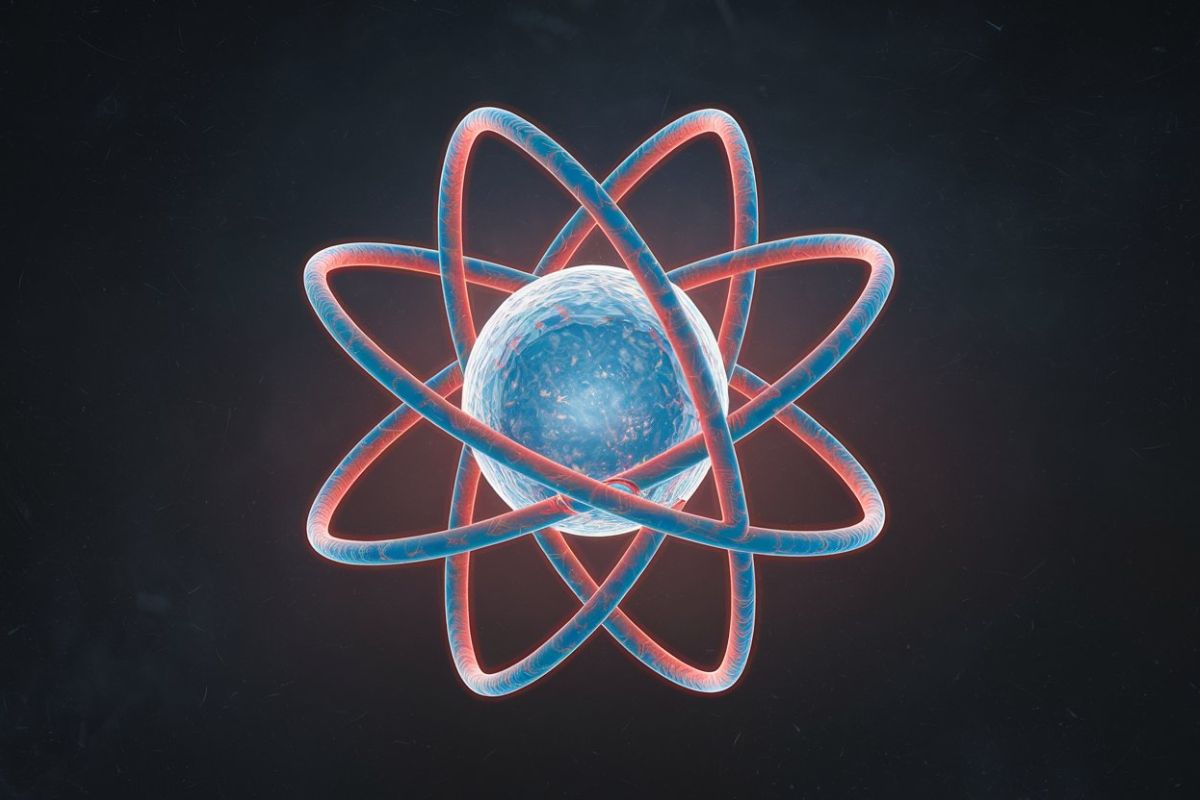
Americium might not be a household name, but this element plays a crucial role in everyday life. Found in smoke detectors, it helps keep homes safe by detecting fires early. Discovered in 1944 by a team led by Glenn T. Seaborg, this synthetic element is named after the Americas. Americium is part of the actinide series and is highly radioactive. It’s used in industrial gauges and even in some medical applications. Despite its benefits, handling it requires extreme caution due to its radioactivity. Curious about more? Here are 50 intriguing facts about Americium that will surprise you!
Key Takeaways:
- Americium, a synthetic element, is used in smoke detectors and medical devices. It glows in the dark and can even help create synthetic diamonds through high-pressure experiments!
- Despite its radioactive nature, americium has practical applications in everyday life, scientific research, and even space missions. It's a fascinating element with unique properties and potential for various discoveries.
What is Americium?
Americium is a synthetic element with the symbol Am and atomic number 95. It was first produced in 1944 by a team of scientists led by Glenn T. Seaborg. This element is part of the actinide series and is known for its radioactive properties.
- Americium was named after the Americas, similar to how europium was named after Europe.
- It was discovered during World War II as part of the Manhattan Project.
- Americium is not found naturally on Earth; it is produced in nuclear reactors.
- The most common isotope of americium is Am-241.
- Am-241 has a half-life of 432.2 years.
- Americium is used in smoke detectors due to its alpha particle emissions.
- It is also used in industrial gauges to measure thickness and density.
- Americium can be used as a neutron source in neutron radiography.
- The element is silvery-white in appearance.
- Americium is highly radioactive and must be handled with care.
Americium in Everyday Life
Despite its radioactive nature, americium has practical applications that benefit everyday life. Its ability to emit alpha particles makes it useful in various devices.
- Smoke detectors containing americium can detect smoke particles from fires.
- Industrial gauges with americium help ensure the quality of materials.
- Americium is used in medical devices for diagnostic imaging.
- It can be found in some types of radiation therapy equipment.
- Americium helps in oil well logging to locate oil and gas deposits.
- It is used in some types of research equipment for scientific studies.
- Americium can be used in space missions as a power source.
- It is part of some types of nuclear batteries.
- Americium is used in some types of radiation shielding materials.
- It is also used in some types of nuclear reactors as a fuel source.
Health and Safety Concerns
Handling americium requires strict safety protocols due to its radioactive nature. Exposure to americium can pose serious health risks.
- Americium emits alpha particles, which can damage living tissue if ingested or inhaled.
- Protective gear is essential when working with americium to prevent contamination.
- Long-term exposure to americium can increase the risk of cancer.
- Americium can accumulate in the bones and liver if ingested.
- It is important to store americium in secure, shielded containers.
- Proper disposal of americium-containing devices is crucial to prevent environmental contamination.
- Americium can be detected in the body using specialized equipment.
- Decontamination procedures are necessary in case of americium spills.
- Training is required for personnel handling americium to ensure safety.
- Regulatory agencies monitor the use and disposal of americium to protect public health.
Scientific Research and Discoveries
Americium continues to be a subject of scientific research. Its unique properties make it valuable for various studies and experiments.
- Researchers study americium to understand its chemical behavior.
- Americium is used in experiments to develop new materials.
- It helps scientists learn more about the actinide series of elements.
- Americium is used in nuclear physics research.
- It is part of studies on radioactive decay and nuclear reactions.
- Americium can be used to create new isotopes for research purposes.
- It is involved in studies on radiation effects on materials.
- Americium is used in experiments to improve radiation detection technology.
- It helps researchers develop better methods for handling radioactive materials.
- Americium is part of studies on the environmental impact of radioactive elements.
Fun and Unusual Facts
Americium has some interesting and unusual characteristics that make it a fascinating element to study.
- Americium glows in the dark due to its radioactive decay.
- It can be used to create synthetic diamonds through high-pressure experiments.
- Americium was once considered for use in nuclear-powered aircraft.
- It is one of the few elements that can be used to create a neutron bomb.
- Americium can be used to date ancient artifacts through radiometric dating.
- It has been used in some types of scientific instruments on space missions.
- Americium can be used to create new types of alloys with unique properties.
- It is part of some types of advanced nuclear reactors.
- Americium has been used in experiments to study the effects of radiation on living organisms.
- It continues to be a subject of fascination for scientists and researchers around the world.
Final Thoughts on Americium
Americium, a fascinating element, holds a unique place in science and technology. From its discovery in the 1940s to its use in smoke detectors, this element has proven its worth. Its radioactive properties make it valuable in industrial gauges and medical applications. However, handling americium requires caution due to its radioactivity.
Understanding the facts about americium helps appreciate its contributions and the precautions needed. This knowledge underscores the importance of safety in scientific advancements. Americium's story is a reminder of how elements can impact daily life and industry.
By learning about americium, we gain insight into the broader field of chemistry and its practical applications. This element's journey from discovery to everyday use highlights the ongoing relationship between science and society. Americium's role in technology and safety continues to be significant, reflecting the ever-evolving nature of scientific discovery.
Frequently Asked Questions
Was this page helpful?
Our commitment to delivering trustworthy and engaging content is at the heart of what we do. Each fact on our site is contributed by real users like you, bringing a wealth of diverse insights and information. To ensure the highest standards of accuracy and reliability, our dedicated editors meticulously review each submission. This process guarantees that the facts we share are not only fascinating but also credible. Trust in our commitment to quality and authenticity as you explore and learn with us.


